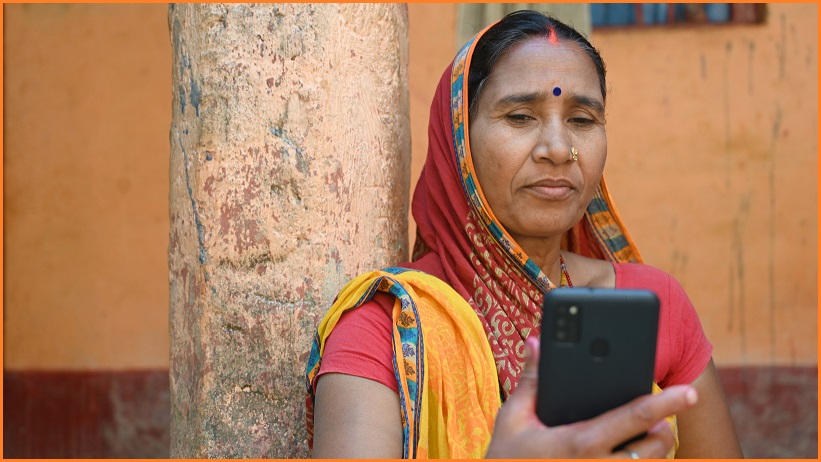Over the past two years, the COVID-19 pandemic has shown the importance of access to mobile phones and mobile internet, providing access to everything from vital information, healthcare, education and ecommerce.
Yet it's also highlighted a stark digital divide, and shown that those without access to mobile phones and mobile internet are at risk of being left even further behind.
As digital services grow, closing the gender digital gap has never been more critical.
However, after years of progress towards women’s equal digital inclusion, there’s now a slowdown and, in some cases, a reversal, the latest GSMA Mobile Gender Gap Report has found.
Closing the mobile gender gap
Mobile ownership and use remain unequal in many countries, and although the mobile internet gender gap had been reducing, that’s now stalled.
When it comes to gender gap in smartphone ownership, this has widened slightly, after five years of improvements, the GSMA research has shown.
Women are now 18 per cent less likely than men to own a smartphone, which translates into 315 million fewer women than men owning a smartphone, across the low and middle-income countries.
In low and middle-income countries specifically, women are 16 per cent less likely to use mobile internet than men.
GSMA says the mobile gender gaps are driven by social, economic and cultural factors, which result in women experiencing barriers to mobile ownership and use.
Women tend to experience barriers more acutely than men because of structural inequalities and underlying social norms, including disparities between men and women in terms of education and income.
To close the mobile gender gap, GSMA says there needs to be a focus on access, affordability, knowledge and skills, safety and security, and relevance of mobile services.
“Significant and coordinated efforts are urgently needed to ensure that women do not continue to be disproportionately impacted by the ongoing pandemic and left behind in a more digitised society,” the report said.
Digital exclusion an issue in Australia
Australia too has its own digital gender divide, with women more digitally excluded than men, according to the 2021 Australian Digital Inclusion Index.
This means women on low incomes, unpaid carers, women with disability, First Nations women and older women are more likely to have lower skills, confidence, and affordable access to the internet, Good Things Foundation has found.
The groups notes women in Australia are more likely than men to report online abuse in their professional and personal lives, which can lead to lower rates of online participation.
Women are also less likely to be employed in our growing tech workforce, and more likely to take career breaks to care for family, which can see digital skills development stall and confidence decrease, according to the foundation.
It’s also reflected in the workforce, even though there are significant economic dividends to boosting participation.
Women only make up 29 per cent of the tech industry workforce, according to the ACS 2021 Digital Pulse report.
Yet increasing diversity in the technology workforce would expand the economy by $1.8 billion each year on average, over the next 20 years, amounting to an $11 billion potential boost at net present value (NPV) terms.
The issue of the digital divide is also a problem for other groups in Australia.
Across the country, the Digital Inclusion Index showed that 1 in 4 people are still digitally excluded, although it disproportionally impacts different groups.
People with low levels of income, education and employment; those living in some regional areas; people aged over 65; and people with a disability are at particular risk of being left behind, the data has shown.
“The index shows that while digital inclusion is slowly increasing across Australia, there remains a substantial digital divide in Australia,” Good Things Foundation said.










